

|


|
|
1/12 Scale Electric Buggy:
Kyosho Sand Off-Roader - Cactus - 3081
|
Released by Kyosho circa 1982, the 2WD Cactus - # 3081, Sand Off-Roader Buggy, shared some of its components with the Peanuts, and is based on a molded plastic bathtub chassis, with a cast metal oil filled gearbox containing metal "helical gears" (no differential) and incorporating a vertically mounted 540 electric motor, single lower arm suspension, universal joint drive-shafts, sealed rubber tires and came with a 2-speed forward and reverse mechanical speed controller.
I have read reports that there was a nitro version of the Cactus, but as yet have seen no evidence of this.
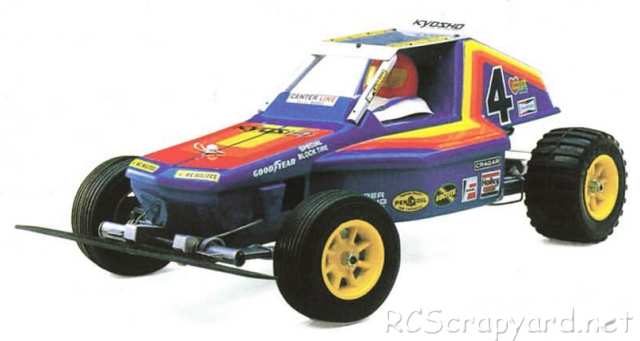
To get the best from the Kyosho Cactus, it needs to be fine tuned, to provide precise steering response and improve grip when cornering, so you don't slide off the track. Small changes can make huge advancements and our easy to understand guide will help you to the optimum Set-up for your individual driving style.








|
|
|

★ Kyosho Cactus - 3081 - Box ★ 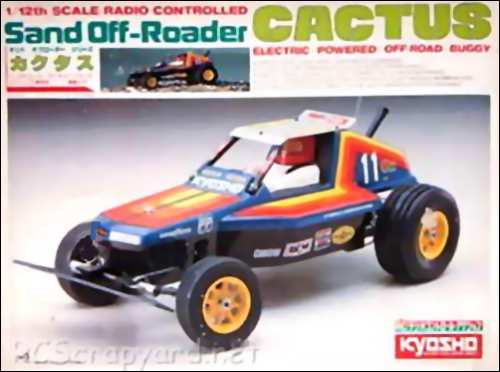
★ Kyosho Cactus - 3081 - Chassis ★ 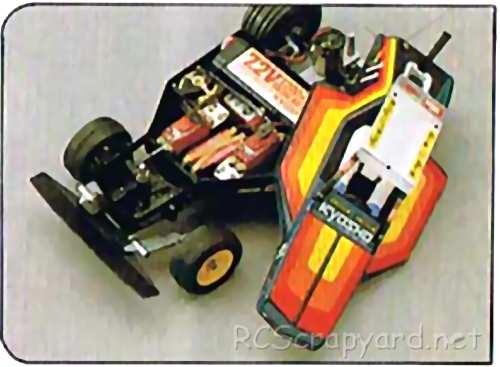
★ Kyosho Cactus - 3081 ★ 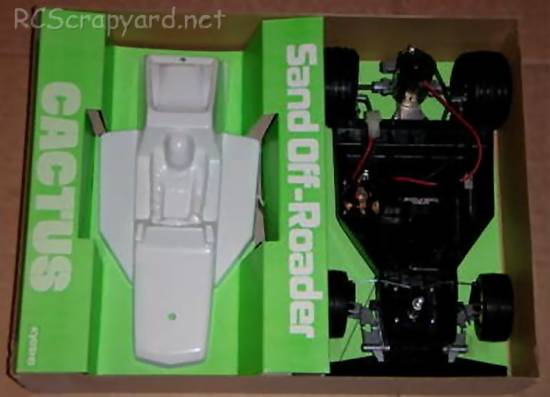
★ Kyosho Cactus - 3081 ★ 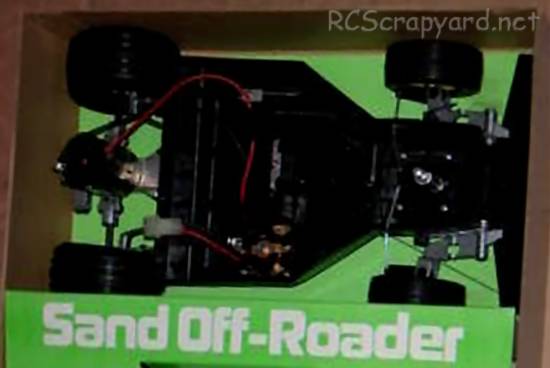
★ Kyosho Cactus - 3081 - Chassis ★ 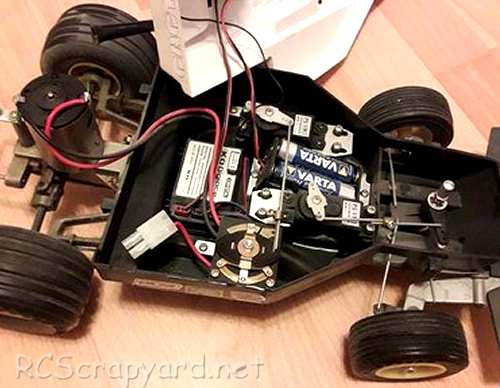
★ Kyosho Cactus - 3081 - Chassis ★ 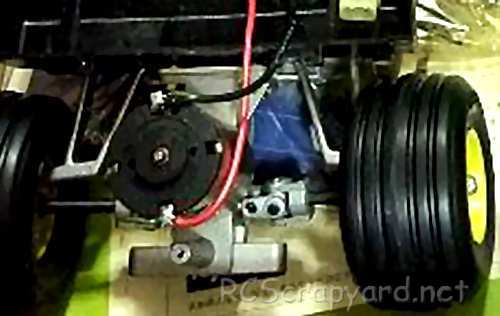
★ Kyosho Cactus - 3081 - Chassis ★ 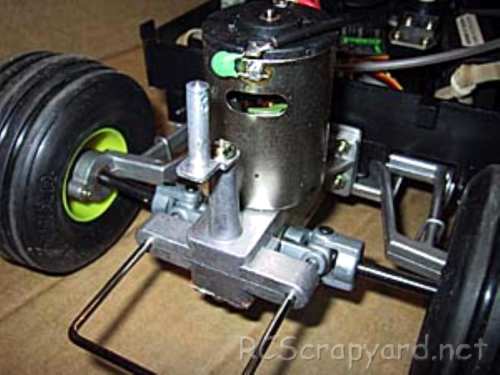
★ Kyosho Cactus - 3081 - Chassis ★ 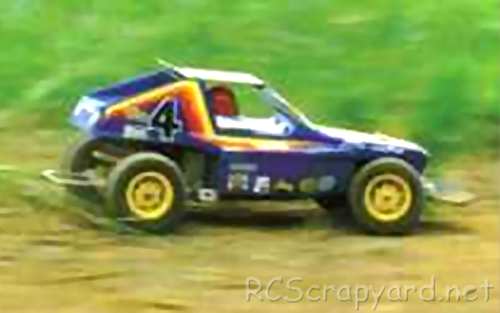
★ Kyosho Cactus - 3081 - UJs ★ 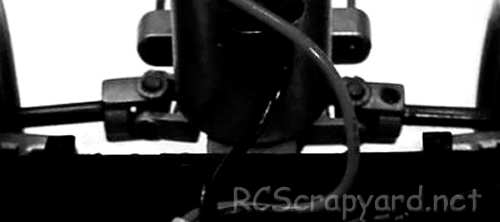
|
Buying a Used Kyosho Cactus
|
|
Manufacturers and Brands Catalogued, Listed and Reviewed by RC-Scrapyard.
At present, the RC Model Manufacturers, Brands and Distributors covered by us are: ABC Hobby, Academy, Acme Racing, Agama Racing, Amewi, Ansmann Racing, ARRMA, Team Associated, Atomic RC, Axial, AYK, Bolink, BSD Racing, Capricorn, Carisma, Carson, Caster Racing, Cen, Corally, Custom Works, Durango, Duratrax, ECX - Electrix, Exceed RC, FG Modellsport, FS-Racing, FTX, Fujimi, Gmade, GS-Racing, Harm, HBX, Helion, Heng Long, Himoto Racing, Hirobo, Hitari, Hobao, Hong-Nor, Hot Bodies, HPI, HSP, Intech, Integy, Jamara, JQ Products, Kawada, Kyosho, Losi, LRP, Maisto, Mardave, Marui, Maverick, MCD Racing, Megatech, Mugen, New Bright, Nichimo, Nikko, Nkok, Ofna, Pro-Pulse, Protech, PTI, RC4WD, Redcat Racing, RJ-Speed, Robitronic, Schumacher, Seben, Serpent, Smartech, Sportwerks, Step-Up, Tamiya, Team-C Racing, Team Magic, Thunder Tiger, Tomy, Top Racing, Traxxas, Trinity, Tyco, Vaterra RC, Venom, VRX Racing, WLToys, X-Factory, Xmods, Xpress, Xray, XTM, Yankee RC, Yokomo, ZD Racing and Zipzaps. |
|
Hints, Tips and Information
Ackerman
So - What is Ackerman? |
|
Hints, Tips and Information
Battery Connectors
Over the years I have been racing radio controlled model cars of all descriptions, I have tried a number of different connectors for my batteries.
|
|
RC Models:
|
Radio & Motors: |
Other
Accessories: |